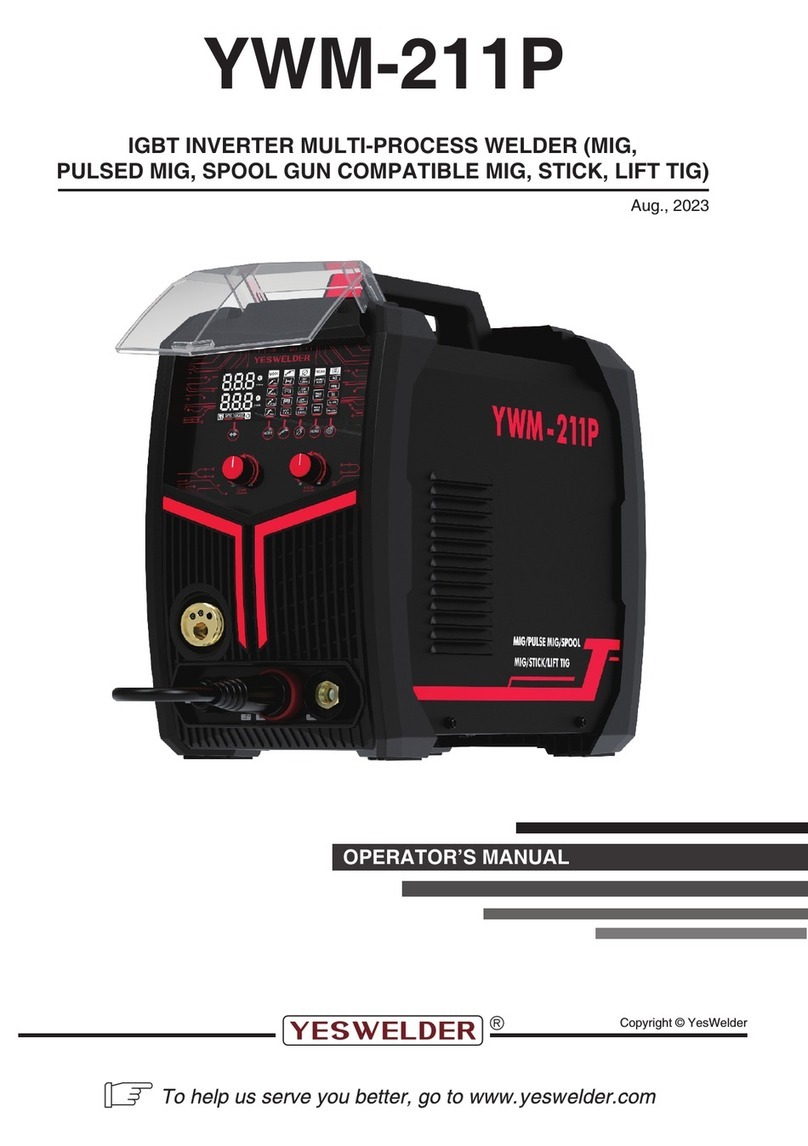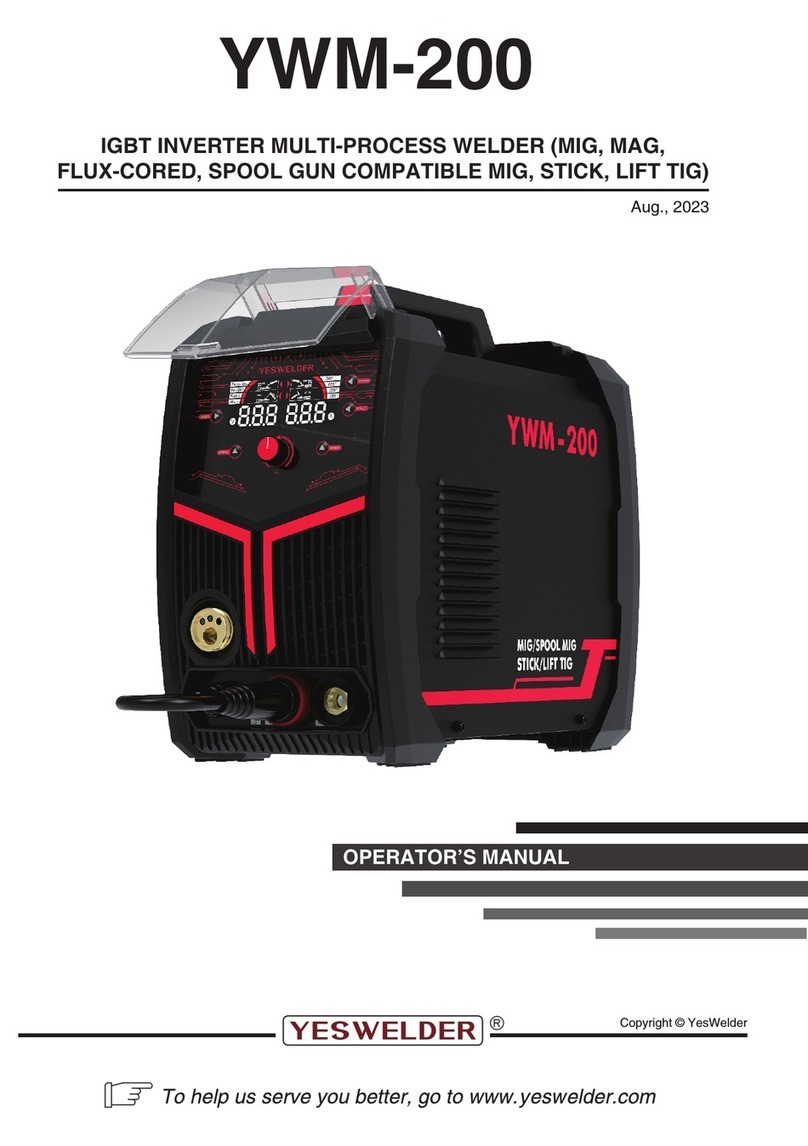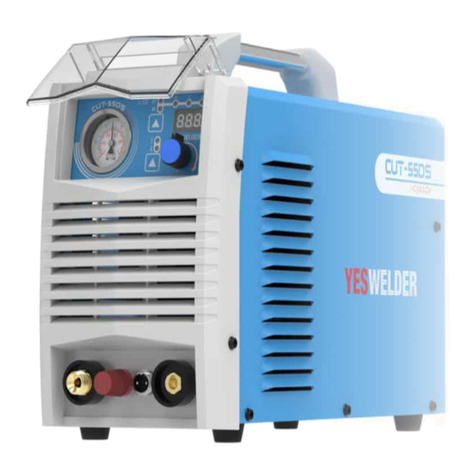
Check Ground connection. Make sure that the ground is on a freshly
cleaned surface and close to the welding area. It is suggested to
weld toward the ground connection
Based on the material welding and size/material of the electrode,
pick an appropriate amperage to perform the desired weld.
Move electrode so that it is contacting the weld puddle and feed rod
into the puddle as needed.
Make sure that Electrodes are clean and dry before use.
Clean base metal of any oil, debris, coatings, or moisture.
Clean base metal of any oil, debris, coatings, or moisture. If base
metal is cold rolled steel make sure to remove any mill scale.
Move electrode so that it is contacting the weld puddle and feed rod
into the puddle as needed.
Check Ground connection. Make sure that the ground is on a freshly
cleaned surface and close to the welding area. It is suggested to
weld toward the ground connection.
Based on the material welding & size/material of the electrode,
pick an appropriate amperage to perform the desired weld.
Incomplete Circuit
Contaminated Base Metal
Electrode too far from welding
surface
Amperage Too Low
Incomplete Circuit
Contaminated Electrode Rod
Contaminated Base Metal
Electrode too far from welding
surface
Amperage Too Low
Difficulty
Starting Arc
Arc Wander
Difficulty
Holding Arc
PROBLEM
Clean base metal of any oil, debris, coatings, or moisture. If base
metal is cold rolled steel make sure to remove any mill scale.
To reduce heat it is best to spread the welding out around the area.
This can be done by using stitch welding techniques, alternating
sides, and/or taking your time and allowing the pieces to cool
between passes.
The angle of the electrode should be at 45° and drug away from the
weld arc. Failing to do so may cause poor weld appearance.
Reduce heat & allow more time between passes.
Use correct filler wire type & diameter for the joint being welded.
Clamp work piece tightly & weld while clamps are in place.
Add more tack welds until rigidity and stiffness is developed.
Make sure that Electrodes are clean and dry before use.
Clean base metal making sure to remove any oil, debris, coatings,
or moisture.
Make sure that Electrodes are clean and dry before use.
Contaminated Electrode Rod
Contaminated Base Metal
Incorrect positioning
Too much heat in material
Base Metal is absorbing too
much heat Preheat base metal (consult welding codes for requirements)
Incorrect Filler Wire
Insufficient Clamping
Insufficient Tack Welds
Too Much Heat in Material
Contaminated Electrode Rod
Contaminated base metal
Contamination
in weld bead
Poor Weld
Appearance
Weld Bead is
Cracking
Material is
Warping
Porosity in
weld bead
TROUBLESHOOTING
CAUSE CORRECTION
-7-































